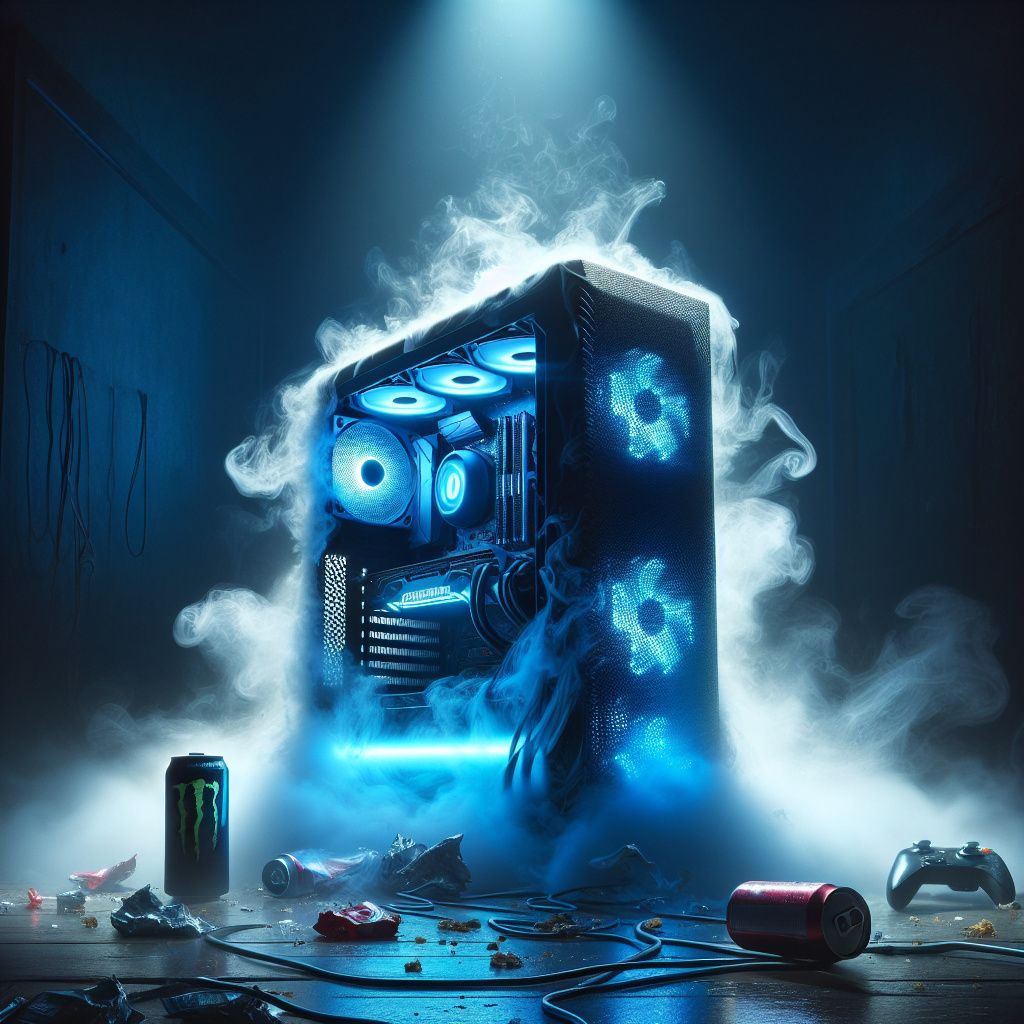Understanding CPU Benchmarking
What is CPU Benchmarking?
CPU benchmarking involves measuring a processor's performance using specialized software that simulates real-world workloads. These tools execute stress tests to evaluate metrics like single-core/multi-core efficiency, thermal throttling resistance, and instruction-per-clock (IPC) throughput. By rendering 3D scenes, crunching prime numbers, or analyzing multi-threaded performance, benchmarks provide quantifiable scores for comparing CPUs across generations and brands.
Why Benchmark Your CPU?
Regular benchmarking serves multiple purposes:
-
Identify bottlenecks in system performance
-
Validate overclocking stability and gains
-
Compare upgrade options before hardware purchases
-
Monitor degradation over time due to thermal throttling
-
Optimize workloads for productivity, gaming, or content creation
Key Performance Factors
-
Clock Speed & Core Count: Higher GHz ratings and more cores generally improve multi-threaded tasks.
-
Architecture Efficiency: Newer architectures deliver better IPC and power efficiency (e.g., Zen 4 vs. Zen 3).
-
Thermal Management: Adequate cooling prevents performance throttling during sustained workloads.
-
Memory Configuration: Faster DDR5/DDR4 speeds and larger cache sizes enhance data throughput.
Real-World Applications
-
Productivity: Faster CPUs reduce rendering times in Excel, CAD, and compression tools.
-
Gaming: Ensures smooth 144+ FPS performance in CPU-bound titles like CS2 or Valorant.
-
Content Creation: Accelerates video encoding in Adobe Premiere and 3D modeling in Blender.
Top 5 Free CPU Benchmarking Tools
Cinebench R23
Key Features:
-
Renders photorealistic 3D scenes using Maxon's Cinema 4D engine
-
Measures single-core and multi-core performance
-
Cross-platform support for Windows/macOS/Linux
Pros:
-
Industry-standard benchmark used by reviewers
-
Directly compares performance across CPU generations
-
Lightweight installation (under 500MB)
Cons:
-
Focuses solely on CPU rendering workloads
Technical Insight: Utilizes the Redshift rendering engine to stress-test multi-threaded performance through complex ray-tracing calculations.
Geekbench 6
Key Features:
-
Evaluates AI/ML workloads alongside traditional benchmarks
-
Supports Vulkan/DirectX 12 GPU compute testing
-
Cross-device comparison between PCs, Macs, and Androids
Pros:
-
Real-world scenario testing (image processing, AR applications)
-
Cloud-based score database with 18M+ devices
-
Detailed memory bandwidth analysis
Cons:
-
Some workloads favor specific architecture designs
Performance Metrics: Provides SPECint_rate_base2017-style scores for enterprise-level benchmarking comparisons.
PassMark PerformanceTest
Key Features:
-
28+ individual CPU tests including encryption and compression
-
Creates composite "PassMark Rating" score
-
Stress test mode for thermal analysis
Pros:
-
Comprehensive system benchmark (GPU/SSD/Memory included)
-
Detailed comparison charts against 1.2M CPUs
-
Offline testing capabilities
Cons:
-
Outdated interface compared to modern tools
Technical Depth: Implements rigorous error-checking algorithms during prime number calculations for stability validation.
UserBenchmark
Key Features:
-
Crowd-sourced database with 20M+ user submissions
-
Percentile rankings for component-level analysis
-
Quick 60-second test cycle
Pros:
-
Identifies underperforming components via comparative analytics
-
No installation required (web-based results)
-
Real-time voltage monitoring
Cons:
-
Accuracy criticized for favoring certain microarchitectures
Controversy Note: Faces ongoing debates about workload neutrality despite maintaining the largest public benchmark database.
Prime95
Key Features:
-
Calculates Mersenne prime numbers for stress testing
-
Customizable blend/small FFT workloads
-
Temperature logging capabilities
Pros:
-
Industry-standard stability checker for overclockers
-
Reveals thermal throttling at maximum power draw
-
Free from bundled adware
Cons:
-
Technical interface requires manual configuration
Use Case: Ideal for validating system stability after BIOS tweaks or liquid nitrogen overclocking sessions.
Q&A
How often should I benchmark my CPU?
For general users, quarterly benchmarks suffice to monitor performance trends. Gamers should test after major GPU driver updates, while overclockers need daily checks during tuning phases.
Can benchmarking damage my hardware?
Prolonged stress tests may accelerate component wear, but standard 10-15 minute sessions cause no harm. Prime95's "Blend" test specifically identifies thermal limits safely.
Which tool is best for beginners?
Cinebench R23 offers the optimal balance of technical depth and user-friendliness, featuring automated testing with globally recognized scores.

